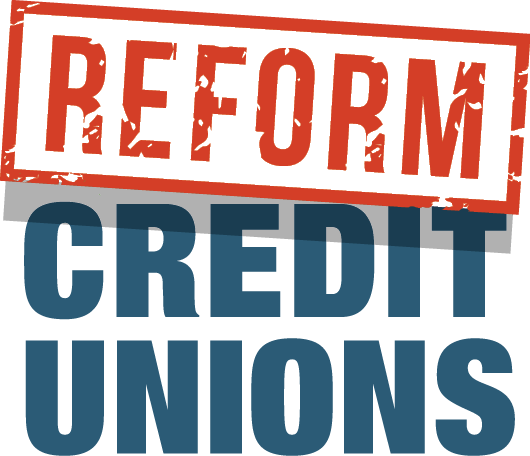How do I join a credit union? What are the membership criteria? Am I eligible?
Throughout much of the twentieth century, these were reasonable questions as credit unions confined membership, both by practice and under the law, to clearly defined communities in underserved areas.
Individual members were tied together by a “common bond,” typically through their employer or church. This common bond formed the basis for a credit union’s field of membership – the specific pool of people permitted to participate in the cooperative. Membership was limited by design.
Indeed, credit unions were granted a federal tax exemption specifically to facilitate service to narrow groups that couldn’t access traditional financial services. For decades, field of membership and the credit union tax status were inextricably linked.
Times have changed.
To be clear, credit unions still pay zero federal taxes, but thanks to concerted efforts by credit union lobbyists, field of membership regulations have been incrementally watered down to the point that now practically anyone can join. In fact, one of the nation’s largest credit unions proudly bills itself as “A Credit Union Anyone Can Join.”
The problem isn’t that credit unions are offering more services to more customers. Rather, the problem is that American taxpayers are the ones propping up a multi-trillion-dollar credit union industry with a tax-free ride and little accountability.
This uneven playing field hurts competition, does nothing to actually promote access to financial services for lower income Americans, and disadvantages smaller community banks who do pay federal taxes and must demonstrate they are serving their local communities.
The rollback of membership requirements began in earnest nearly 25 years ago with the Credit Union Membership Access Act (CUMAA). While the legislation allowed credit unions to expand beyond longstanding common bonds, it also inserted “local” into the community charter standard. This tightening of the community charter standard aimed to limit credit union membership.
The National Credit Union Administration (NCUA) – the credit union regulator and deposit insurer – went beyond congressional intent, caving once again to pressure from the credit union lobby and ushering in sweeping changes to fields of membership through the regulatory process.
On five separate occasions between 2015 and 2021, the NCUA loosened field of membership restrictions.
Absent meaningful congressional oversight, these efforts have had a substantial impact on the credit union industry’s expansion, nearly doubling its assets (from $1.2 trillion to over $2 trillion) and padding its membership numbers by 32.6 million since CUMAA passed.
There are a handful of credit unions with so-called open charters that have abandoned even the pretense of field of membership entirely.
And so it’s no surprise that, once again, the NCUA is considering more changes to field of membership requirements.
Its proposed rule on chartering and field of membership seems well-intentioned: expanding financial services in underserved areas, supporting remote workers, and aiding grieving families. But as is typically the case with NCUA when it comes to field of membership “tweaks,” incremental, seemingly innocuous adjustments add up to significant erosion of the field of membership standard over time.
For example, in addition to other substantive changes to existing field of membership rules, the new proposed rule would eliminate the requirement that credit unions seeking to expand their field of membership in underserved areas file a one-page narrative, supported by third party data, demonstrating the need for credit union services. While the elimination of this one-page report may seem inconsequential on its own, the systematic removal of reporting requirements coupled with the steady drip of membership expansion initiatives have fed the disconnect between the credit union mission and accountability for its execution.
Credit union lobbyists are just as busy working to relax rules of membership at the state level.
Legislation in Missouri, North Carolina and North Dakota modifying field of membership laws for state-chartered credit unions has been introduced this year.
As the credit union industry pursues growth through these “modernization” initiatives, it’s important to keep in mind their original mission: providing consumer financial services to clearly defined communities in underserved areas.
So, if anyone can join a credit union, why exactly do they receive preferential tax and regulatory treatment? It’s a question members of Congress should be asking.
